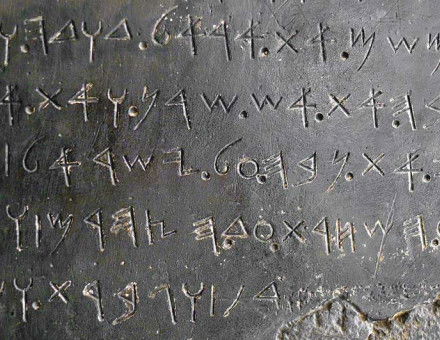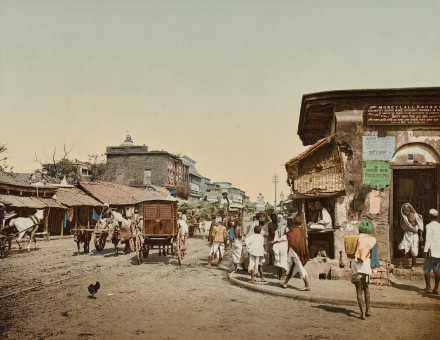Heritage and the English Landscape
David Lowenthal looks at how landscape has shaped and reflects the English view of themselves.
Heritage betokens interest in manifold legacies – family history, familiar landmarks, historic buildings, art and antiques, plants and animals. So widespread and fast-growing is such concern that heritage defies definition.
Heterogeneous, changeable, sometimes laughable, heritage is above all chauvinist. Most heritage reflects personal or collective self-interest, things prized as mine or ours. We may be modest about what we are, but rarely about what we were. In celebrating the symbols of their identities societies are really worshipping themselves.
Heritage is hence innately incomparable. The legacy we laud is domestic; that of others is alien. Since the early nineteenth century, national identity has required having a heritage and thinking it unique. Heritage differentiates; we treasure most what sets us apart. Its uniqueness vaunts our virtues. Admirers may fruitfully adopt its features, but priority gives us prime rights; thus English remains for the English their language, a bit tarnished by dissemination abroad. Only our own flesh and blood nurture heritage; newcomers, colonials, foreigners erode or debase it.





